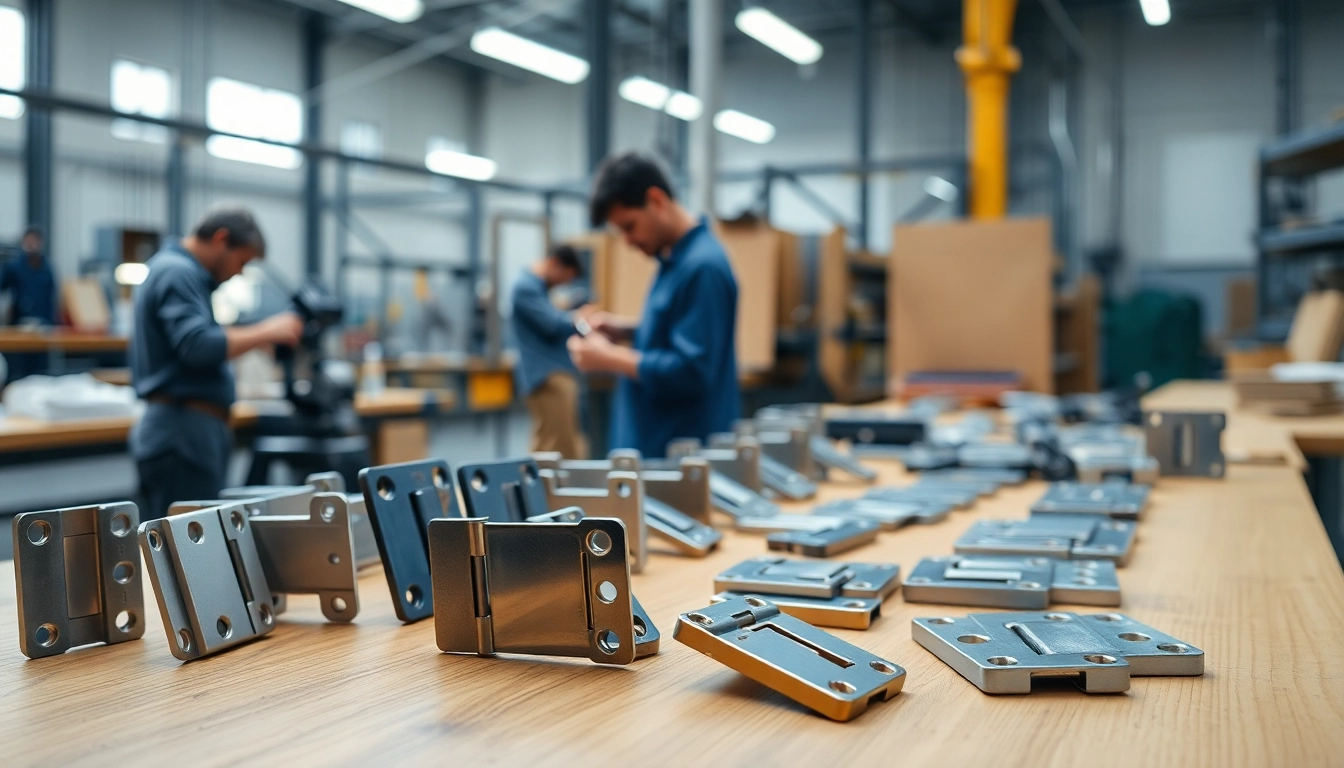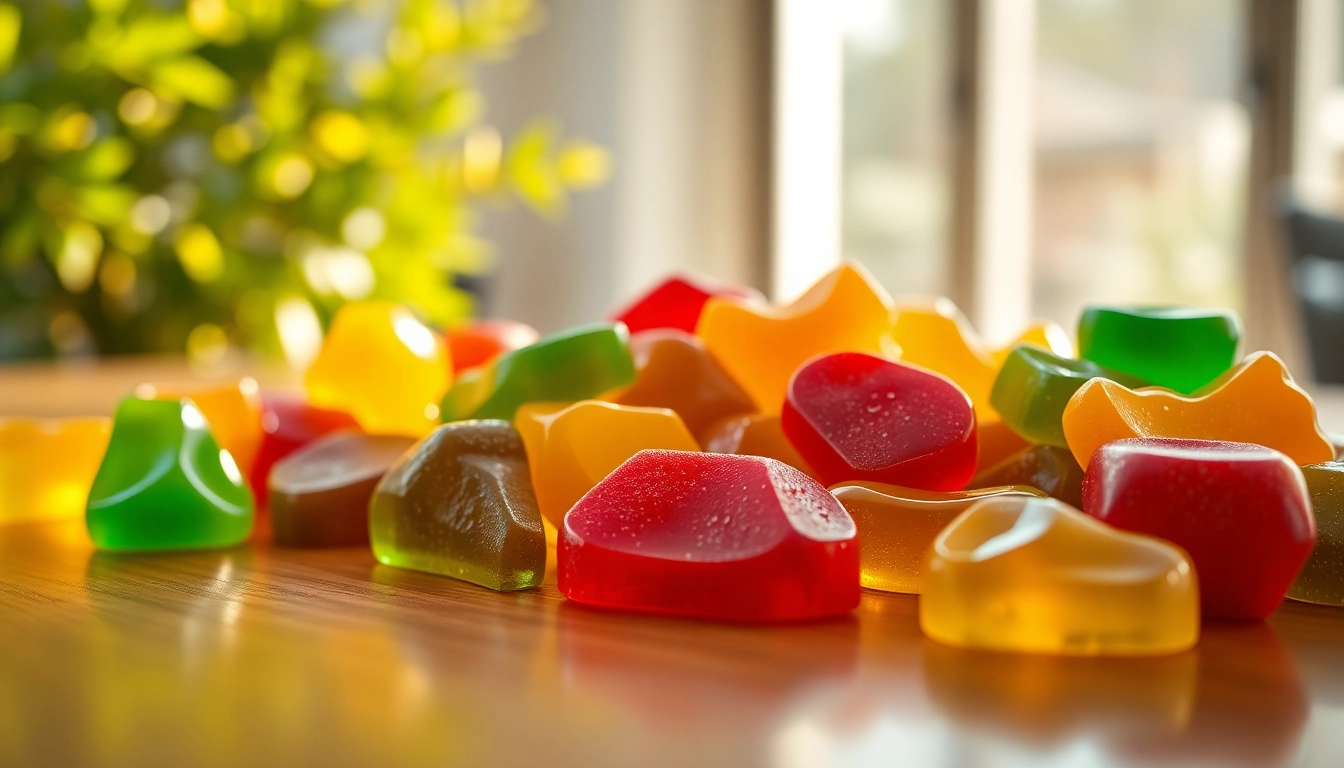Understanding Cabinet Hinges
Cabinet hinges play a critical role in both the functionality and aesthetics of cabinetry. They are essential hardware components that allow doors, lids, and drawers to swing open and close smoothly. Whether you are assembling custom furniture or upgrading your kitchen cabinets, understanding the different types of cabinet hinges and their features is vital. This article serves as a comprehensive guide to cabinet hinge manufacturers, detailing the leading brands, innovative materials, and essential tips for choosing the right hinges for your projects. For quality products, consider exploring options from Cabinet Hinge Manufacturers, renowned for their extensive range and superior craftsmanship.
Types of Cabinet Hinges
Cabinet hinges come in various types, each suitable for different styles and applications. Understanding these types helps in choosing the right hinge for your project:
- Standard Hinges: Commonly used in cabinets, these hinges attach directly to the cabinet frame and the door surface. They are visible when the door is closed.
- Concealed Hinges: Also known as hidden hinges, these provide a clean look as they are mounted inside the cabinet. They are popular for modern designs.
- European Hinges: A subtype of concealed hinges, these offer adjustability in multiple directions allowing for precise alignment of the door.
- Piano Hinges: Long continuous hinges used for larger cabinet doors or lids, often seen in toolboxes and piano lids, providing stability over long spans.
- Soft-Close Hinges: A mechanism that slowly closes the door, preventing slamming. These are gaining popularity in kitchens and bathrooms for a quieter closure.
- Bifold Hinges: These allow doors to fold in half, ideal for smaller spaces like closets and pantries.
Materials Used in Hinge Manufacturing
The material used in hinge manufacturing significantly affects durability, aesthetics, and overall performance. Here are some popular materials:
- Steel: Strong and durable, steel hinges are often zinc-plated or powder-coated to prevent rusting.
- Stainless Steel: Optimal for areas exposed to moisture, like kitchens and bathrooms, stainless steel hinges are resistant to corrosion and maintain a sleek finish.
- Brass: Known for its aesthetic appeal, brass hinges offer a classic look but are often less durable and must be polished to maintain their finish.
- Plastic: Cost-effective and lightweight, plastic hinges are generally used in low-weight applications like children’s furniture.
Key Features to Look For
Choosing the right cabinet hinge involves more than just type and material. There are several features to consider:
- Weight Capacity: Ensure the hinge can support the weight of the door or drawer.
- Adjustment Mechanisms: Look for hinges that offer adjustments for height, depth, and side movements to align doors perfectly.
- Finishes: The finish can drastically affect the look of your cabinetry—choose from options like chrome, brass, or matte-black for a modern touch.
- Soft-Closing Mechanisms: Consider whether you want the convenience of soft-close features to enhance user experience.
- Ease of Installation: Some hinges come with installation templates or guides, making them easier to install correctly.
Leading Cabinet Hinge Manufacturers
Several manufacturers stand out in the cabinet hinge market, each offering unique products and innovative solutions. Here’s a closer look at some of the leading brands:
Top Brands and Their Offerings
Understanding the top manufacturers helps homeowners and contractors make informed choices based on quality and durability:
- Blum: Known for their precision-engineered hinges, Blum offers products that prioritize functionality with innovative technology, like their soft-close hinges.
- Grass: With a focus on European functionality, Grass provides a wide range of concealed hinges and motion systems tailored for modern cabinetry.
- Amerock: A leader in decorative hardware, Amerock offers aesthetic designs combined with durability, ensuring cabinets not only function well but also look great.
- Sugatsune: Renowned for innovative solutions, Sugatsune’s products are often used in high-end applications, providing a blend of design and functionality.
What Sets Them Apart?
Each manufacturer offers unique features that set them apart from competitors:
- Innovation: Brands like Blum and Grass are at the forefront of hinge technologies, incorporating soft-close mechanisms and easy installation features that enhance user experience.
- Quality Control: Leading manufacturers often have stringent quality control processes ensuring their products are reliable and durable.
- Design Offering: Companies like Amerock and Sugatsune provide a vast range of decorative options, marrying functionality with aesthetic appeal.
- Sustainability: Some manufacturers are prioritizing eco-friendly materials and processes, appealing to environmentally conscious consumers.
Market Trends and Insights
The cabinet hinge market is evolving with new trends that reflect changing consumer preferences:
- Growth in Smart Technology: A surge in smart home technology has led manufacturers to integrate electronic mechanisms into cabinet hinges.
- Minimalist Designs: The popularity of minimalist design has increased demand for hidden and concealed hinges, allowing for a sleek and uncluttered appearance.
- Customization: More manufacturers are allowing for personalized finishes and styles tailored to individual project requirements, catering to niche markets.
- Sustainability Movement: A rising awareness for environmental impact has prompted several manufacturers to seek sustainable materials and processes in hinge production.
Choosing the Right Hinges for Your Projects
Choosing the right cabinet hinges for your project may seem daunting, but following a systematic approach can simplify the process. Here are the key steps to guide your selection:
Evaluating Your Needs
Before settling on a hinge, consider the following factors:
- Weight of Doors: The weight of the cabinet doors will dictate the type of hinge required—heavier doors necessitate stronger hinge options.
- Door Style: The style of your cabinetry, whether traditional or modern, will impact the hinge type that best suits your design.
- Usage Frequency: High-traffic areas may benefit from soft-close hinges to reduce wear and tear.
- Budget: Establishing a budget can help narrow down options and ensure quality choices within your financial plan.
Common Mistakes to Avoid
While selecting hinges, it’s crucial to avoid these common pitfalls:
- Ignoring Load Capacity: Choosing a hinge without considering the weight of the cabinet door can result in malfunction or premature failure.
- Overlooking Adjustment Features: Failing to select adjustable hinges can complicate door alignment during installation.
- Neglecting Aesthetic Match: Choosing a hinge that doesn’t match the cabinetry or hardware style can detract from the overall look.
- Skipping Installation Guides: Carefully following installation guides is essential to avoid functional issues down the line.
Best Practices for Selection
When selecting cabinet hinges, follow these effective strategies:
- Consult Design Plans: Refer to your architectural plans or design specifications to identify the most suitable hinge types.
- Samples Before Purchase: Where possible, obtain samples to test functionality and fit before making bulk purchases.
- Read Reviews: Checking consumer feedback on specific hinge models or brands can provide insight into reliability and performance.
- Professional Installation: Consider hiring professionals for installation, especially for complex hinge systems, to ensure longevity and proper functionality.
Installation and Maintenance of Cabinet Hinges
Proper installation and routine maintenance are key to extending the lifespan of your cabinet hinges. Here’s a step-by-step look at installation and tips for upkeep:
Step-by-Step Installation Guide
Follow these steps for installing cabinet hinges effectively:
- Measure Door and Frame: Begin by accurately measuring the door and frame for proper alignment.
- Select Appropriate Hinges: Choose hinges based on door weight and style.
- Mark Hinge Placement: Use a pencil to mark where the hinge will be attached on both the cabinet door and the frame.
- Drill Holes: Drill holes for hinge screws, ensuring the drill bit is compatible with the hinge’s specifications.
- Attach Hinges: Secure the hinges to the cabinet door first, followed by the cabinet frame.
- Check Alignment: Adjust the door as necessary and ensure everything is level and even.
Maintenance Tips for Longevity
Regular maintenance can prevent issues and extend the life of your cabinet hinges:
- Regular Cleaning: Clean hinges with a soft cloth and mild detergent to prevent grime buildup.
- Lubrication: Apply lightweight oil periodically to reduce friction and prevent squeaking.
- Inspect for Wear: Regularly check hinges for signs of wear or damage and replace as necessary to avoid functionality loss.
- Check Alignment: Occasionally check the alignment of your cabinet doors, adjusting hinges if needed for proper closing.
Identifying and Troubleshooting Issues
If you experience issues with your cabinet hinges, here are common problems and solutions:
- Squeaky Hinges: Use lubricant to alleviate squeaking sounds, which often result from friction.
- Loose Doors: Tighten screws regularly to prevent doors from sagging due to loose hinges.
- Alignment Issues: Adjust hinge screws as necessary to remedy misalignment, allowing doors to close properly.
- Sticking Doors: Inspect for obstructions or misaligned hinges causing sticking. Adjustments may correct the problem.
Innovations in Hinge Technology
As cabinetry evolves, so do the technologies integrated into cabinet hinges. Staying informed on recent innovations can enhance your projects considerably:
Recent Developments in Hinge Design
Innovative technologies are enhancing hinge functionality in numerous ways:
- Smart Hinge Systems: Some manufacturers are integrating smart technology allowing for electronic control of cabinet doors, privacy functions, and lighting.
- Magnetic Hinges: Emerging designs utilize magnets, allowing for seamless push-to-open mechanisms, providing a minimalist look.
- Advanced Soft-Close Mechanisms: Newer designs are implementing more reliable, smoother closing systems that require minimal force.
Sustainability in Hinge Manufacturing
With an increasing focus on sustainability, many manufacturers are adapting their practices:
- Eco-Friendly Materials: More brands are sourcing sustainable materials that do not compromise on quality.
- Carbon Neutral Production: Some manufacturers are committing to carbon-neutral production processes, minimizing their environmental footprint.
- Recyclable Packaging: Emphasis on sustainable packaging helps reduce waste associated with hinge distribution.
The Future of Cabinet Hinges
As advancements continue, the future of cabinet hinges looks promising:
- Seamless Integration: Future designs are likely to focus on ensuring hinges integrate seamlessly within overall cabinetry aesthetics.
- Enhanced User Experience: Innovations aiming at enhancing user interaction with cabinetry, such as touch-to-open mechanisms, are expected to grow.
- Smart Home Integration: The future may see a rise in hinges that communicate with home automation systems, allowing for controlled access.















Leave a Reply